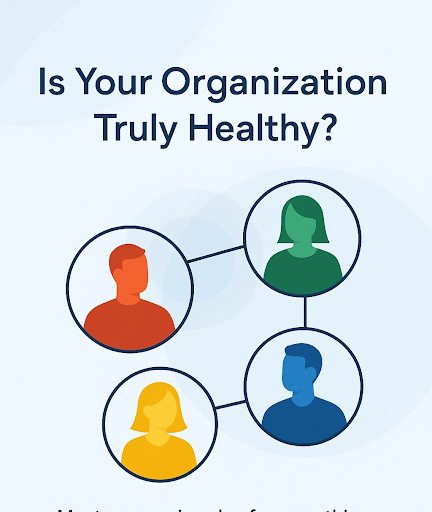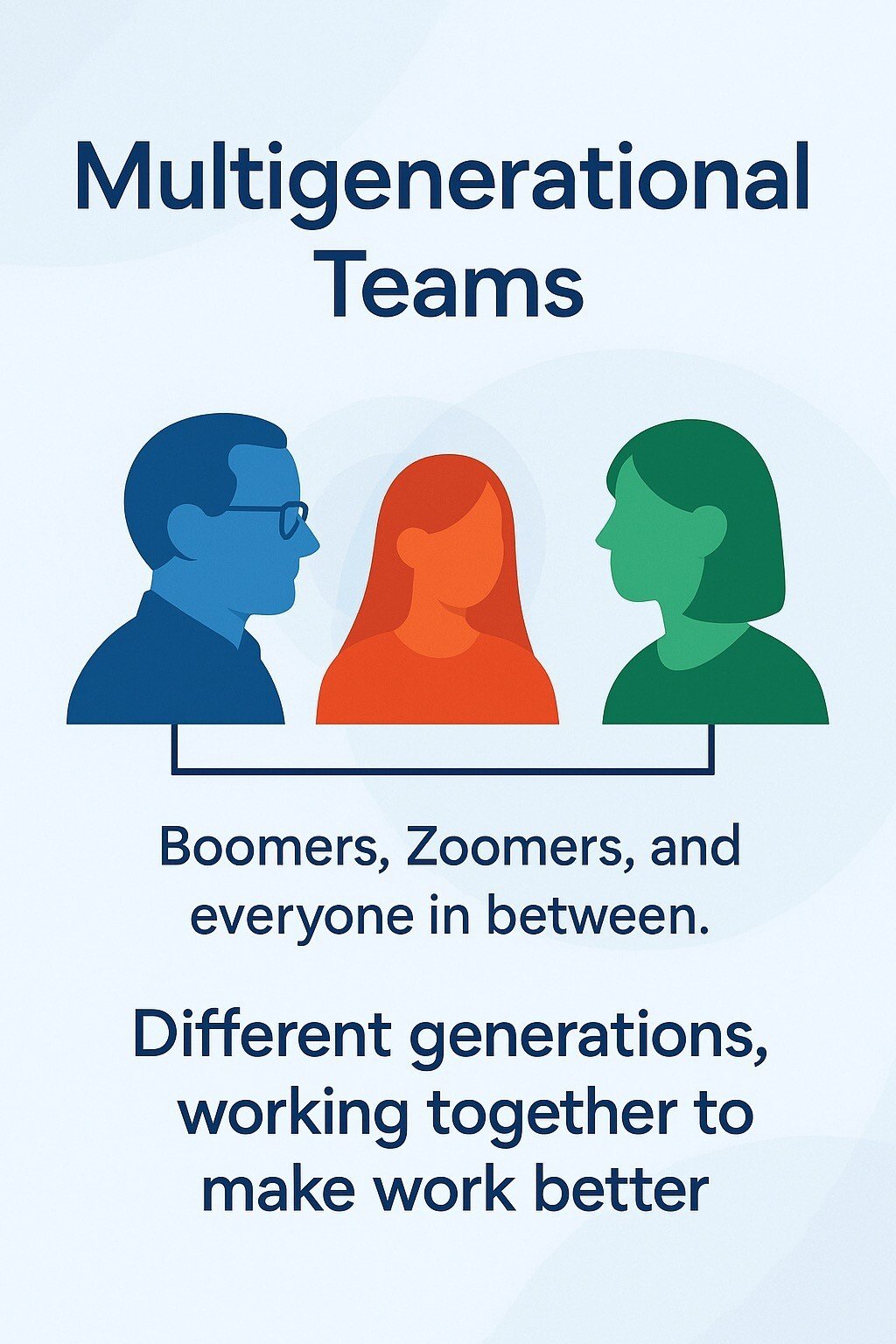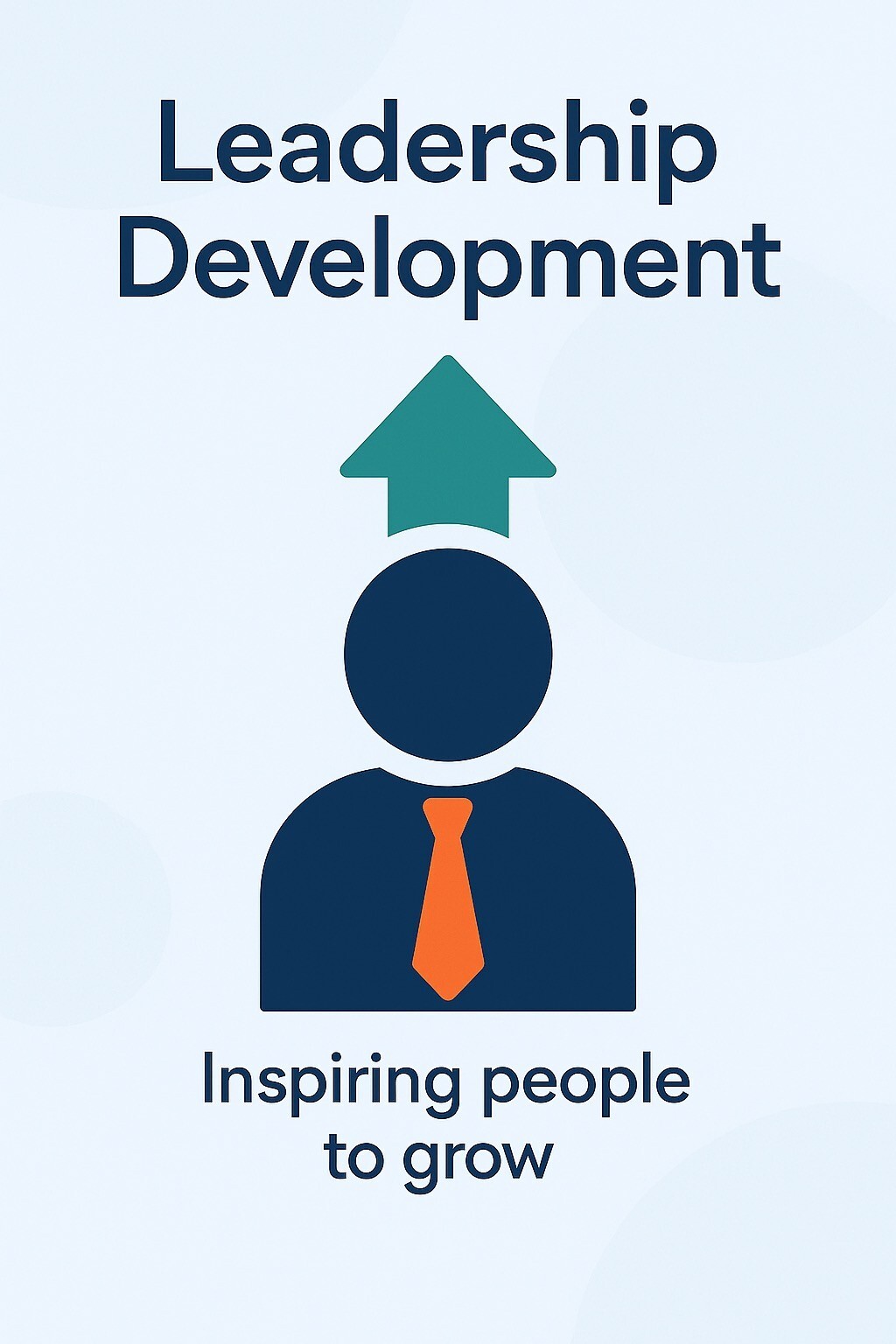In today’s fast-paced and virtual work environments, one factor stands above the rest in driving organizational performance: Psychological Safety. An environment where team members feel safe to take risks and be vulnerable in front of each other, and the belief that it’s safe to show up as your full self without fear of punishment or embarrassment.
It’s not just about being nice. It’s about creating a culture of rewarded vulnerability, where people feel included, free to learn, safe to contribute, and brave enough to challenge the status quo. Without it, innovation stalls, disengagement rises, and good people walk away.
In his book, Dr. Timothy R. Clark, The 4 Stages of Psychological Safety, breaks this down into a progression that mirrors human needs. Teams that build each stage intentionally create a strong foundation for trust, performance, and innovation.
Why Psychological Safety Matters
- Boosts Team Performance
Safety drives openness, which fuels creativity, collaboration, and better results. - Increases Engagement
People stay invested when they feel heard, respected, and valued. - Strengthens Problem Solving
Risk-taking and diverse perspectives create more resilient, adaptable teams. - Reduces Turnover
Employees don’t leave cultures where they feel safe, supported, and seen.
The 4 Stages of Psychological Safety™ (Dr. Timothy Clark)
- Inclusion Safety
“I belong here.”
People feel accepted for who they are. Without this, nothing else sticks.- Use names, not titles.
- Make space for every voice.
- Celebrate differences, don’t just tolerate them.
- Learner Safety
“I can grow here.”
People feel safe to ask, fail, and try again.- Normalize mistakes.
- Say “I don’t know” often.
- Reward curiosity and iteration.
- Contributor Safety
“I make a difference here.”
People feel trusted to do meaningful work.- Empower with autonomy.
- Ask more, tell less.
- Let them solve, not just execute.
- Challenger Safety
“I can challenge us here.”
People feel permission to question and improve the system.- Invite dissent.
- Praise brave ideas.
- Cover risk-takers with support, not consequences.
Questions for Leaders
On Taking Risks
- Does your team typically respond with judgment or curiosity?
- Does your team embrace different ideas or suggestions?
- Do you feel the support of your team in stepping outside of your comfort zone?
- Do you feel you will be punished or praised for taking risks?
On being vulnerable
- Does your team share failures and related learnings with one another?
- Do you feel comfortable openly talking about your mistakes?
- Does your team have a sense of mutual respect between team members?
- On your team, do you feel comfortable being your authentic self?
Tips for Leaders — Especially in Virtual Teams
- Model Vulnerability
Start with your own openness. It invites others in. - Use Structured Touchpoints
Build rituals that create connection and feedback loops. - Focus Feedback on Growth
Keep it constructive, future-oriented, and human. - Watch for Quiet Voices
Silence doesn’t mean safety, so invite those on the margins in.
Psychological Safety is one of the three cornerstones of a Healthy Organization, alongside Purpose and Clarity. Let’s help your team feel safe, seen, and set up to thrive.
Is that everything you need to hear? Are you ready to start?



